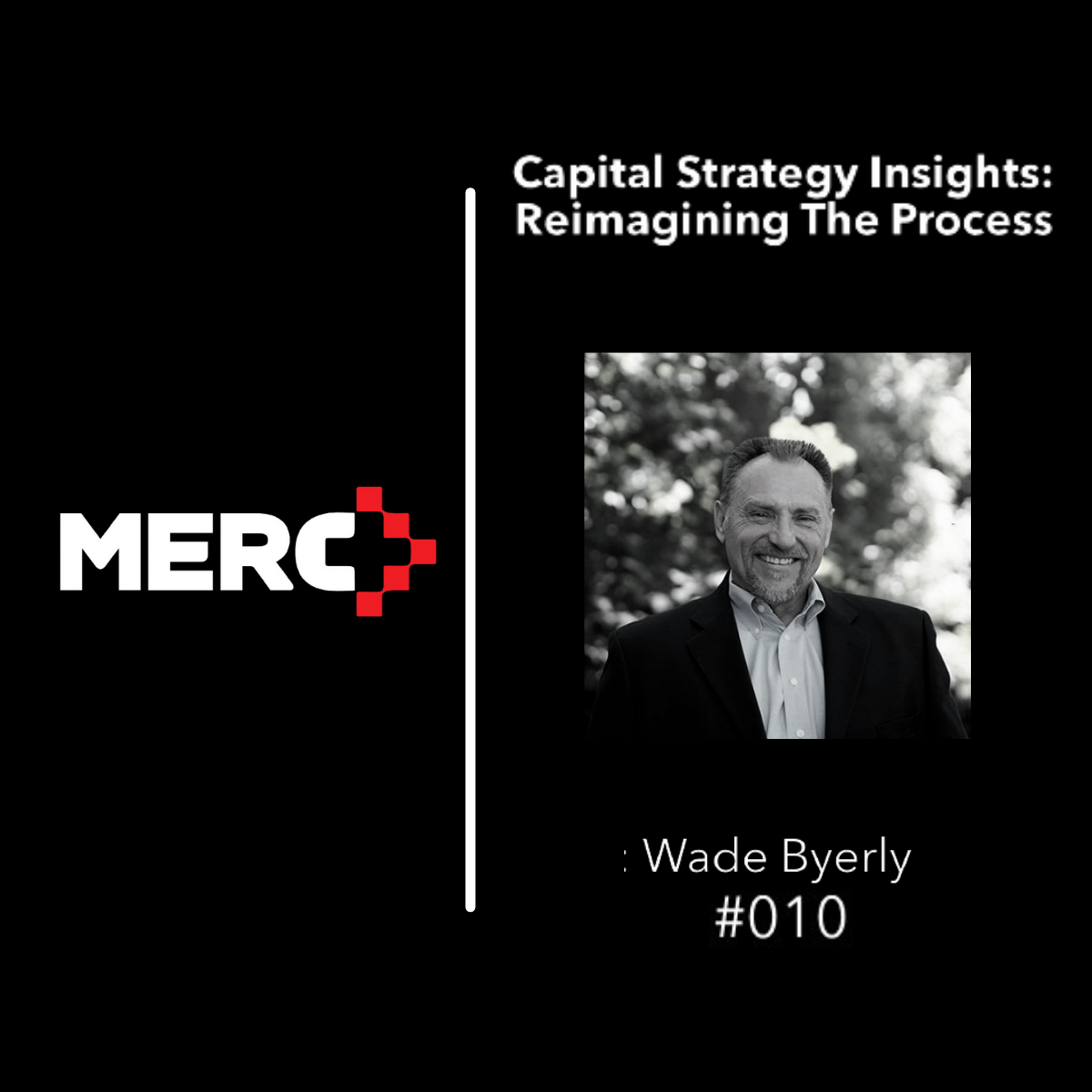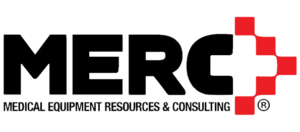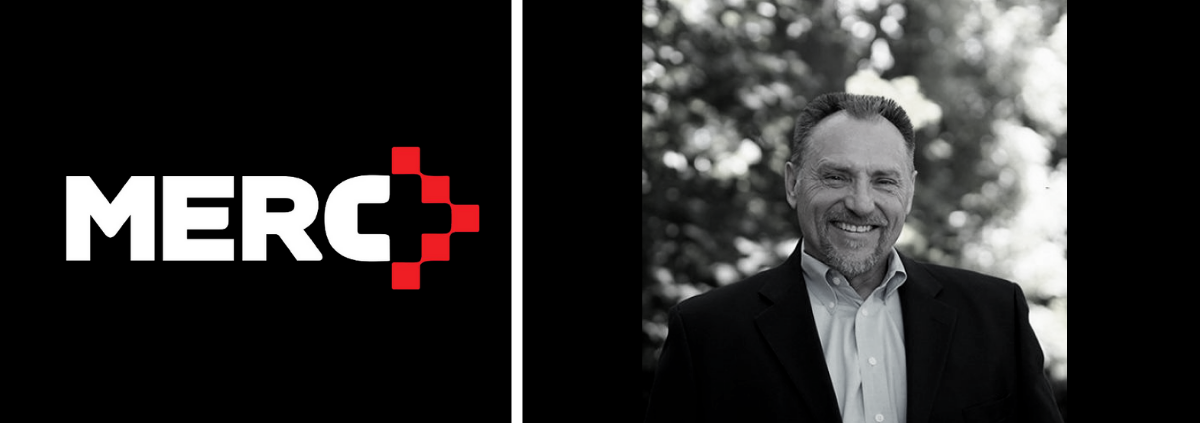CAPITAL STRATEGY INSIGHTS: Reimagining the Process #010

07.07.2022
#010 Strategic Capital Planning – Metric-Based Prioritization
In Post #007 we touched on developing a strategic approach to capital procurement and spend. One of the considerations for the strategy included prioritization, a topic it is time to address.
I’m sure the healthcare world has advanced past the “scream-fest” that was (is?) the capital allocation process. You know how it worked (assuming it is in the past): large departments that contribute to the revenue equation lobby for their wants and needs, which represents most if not all of the allocated capital budget for the upcoming year. Every other department fights for the crumbs. If your organization has this process rationalized, then I invite you to continue reading for additional perspective. If you are still working in this environment, hopefully we can offer another approach for you to consider.
I recommend using Estimated Remaining Useful Life (ERUL) as the guiding metric for replacement prioritization. From my previous posts, I shared that ERUL is established for an asset based on expected reliability/maintainability, standard of care, and market value. Those attributes are applied to the asset and ERUL (in months) is estimated. (Note: If you haven’t already read my post #004 “Value Contributes to Lifecycle” I would suggest doing so: it is a deeper dive into these three considerations.)
This is easier said than done, because the establishment of ERUL means that the organization has a meaningful standard for the expected useful life of assets. I don’t want to impugn any other organizations efforts but be sure your standards are accurate. The standard should represent the expected full life of the asset based on the three aforementioned criteria. ERUL is a declining metric based on the useful life standard.
Additionally, ERUL takes a broad view of the asset. Based on the three criteria, it may be broader than a single organizational entity can provide. Again, using an accurate full life standard improves the ability to establish a meaningful ERUL.
Finally, the facility/system has hundreds to tens-of-thousands of assets. It is a challenge to establish ERUL for all of them; however, “the juice is worth the squeeze” as the results give the organization a powerful tool for capital planning.
With ERUL established for each asset and the right tools in place, one should be able to look across the enterprise and find the assets with low ERUL metrics. The low ERUL metric clearly identifies need. These are the assets to be considered priorities for the upcoming capital budget.
I don’t want readers to focus on departmental lobbying. I suspect similar situations exist in other industries and even in a metric-based approach politics will occur. However, using a useful life metric when evaluating capital requests makes it far easier to identify wants versus needs. There may be times when wants trump needs, but better to make decisions with “eyes wide open” than not know what impact the final budget and capital spend will have on operations.
There is much more that can be done with metric-based prioritization, and we’ll cover that in future posts. Let’s just say when a lifecycle metric is applied, time becomes your ally. Until then, I’m leaning towards a valuation topic for our next post. As always, feel free to comment at info@medicalequipmentconsultants.com.


